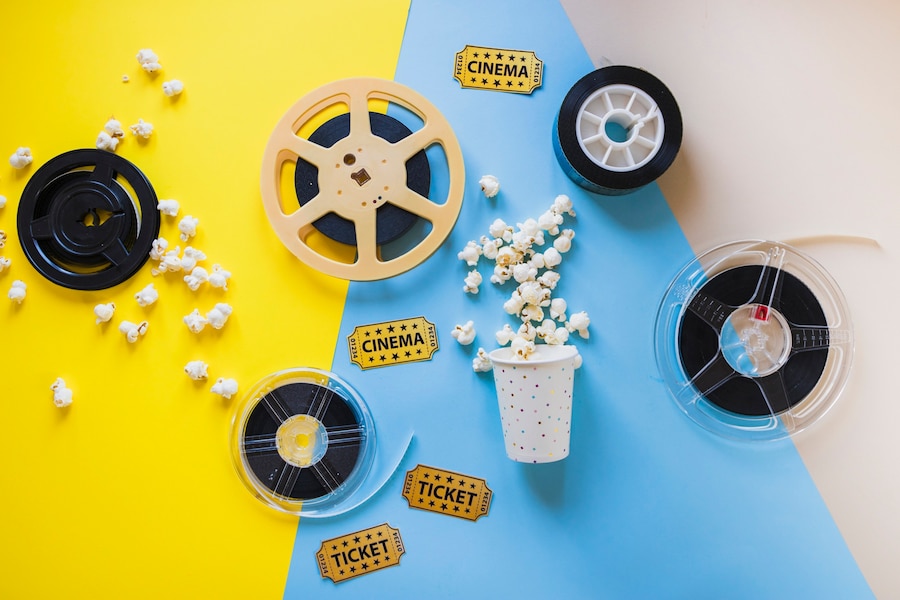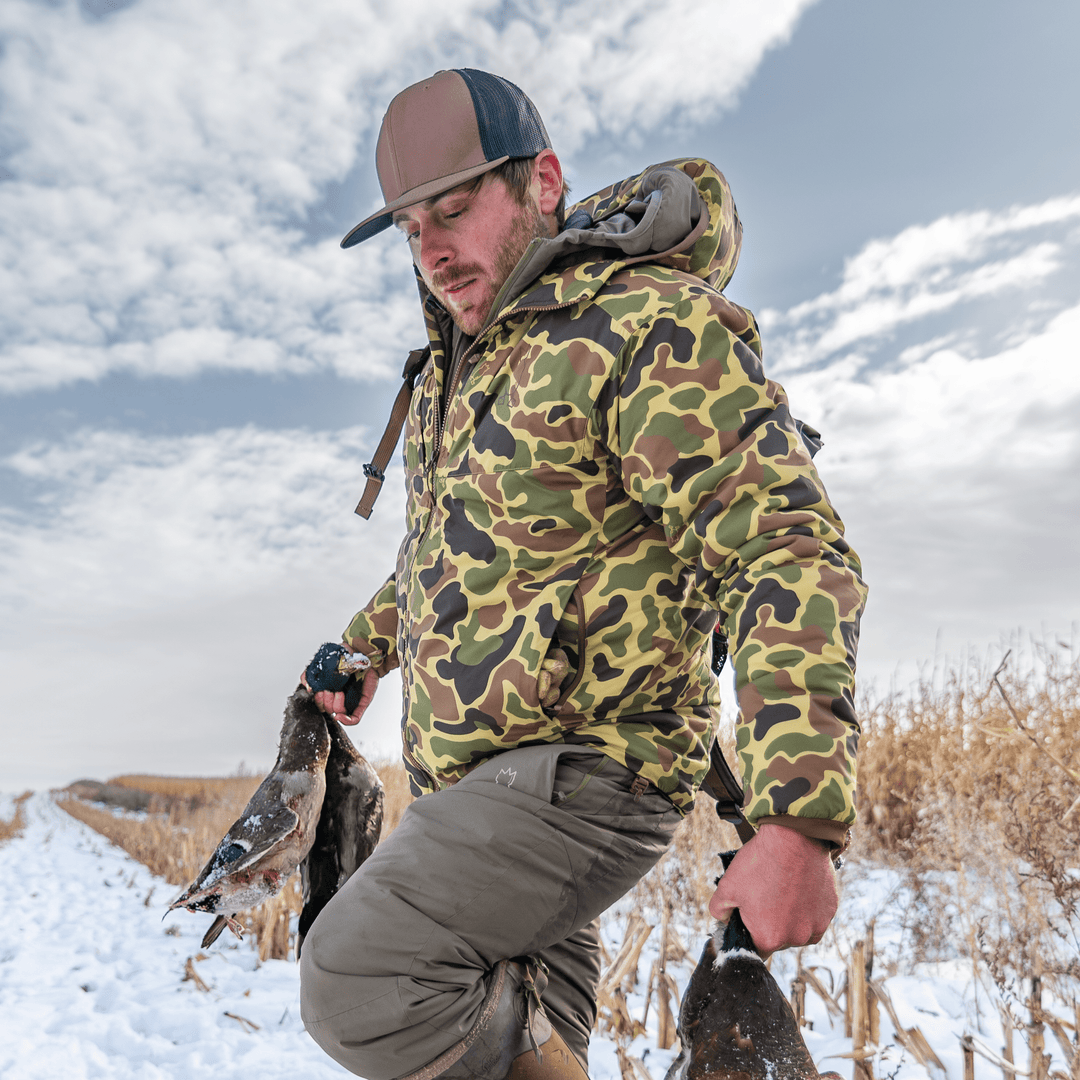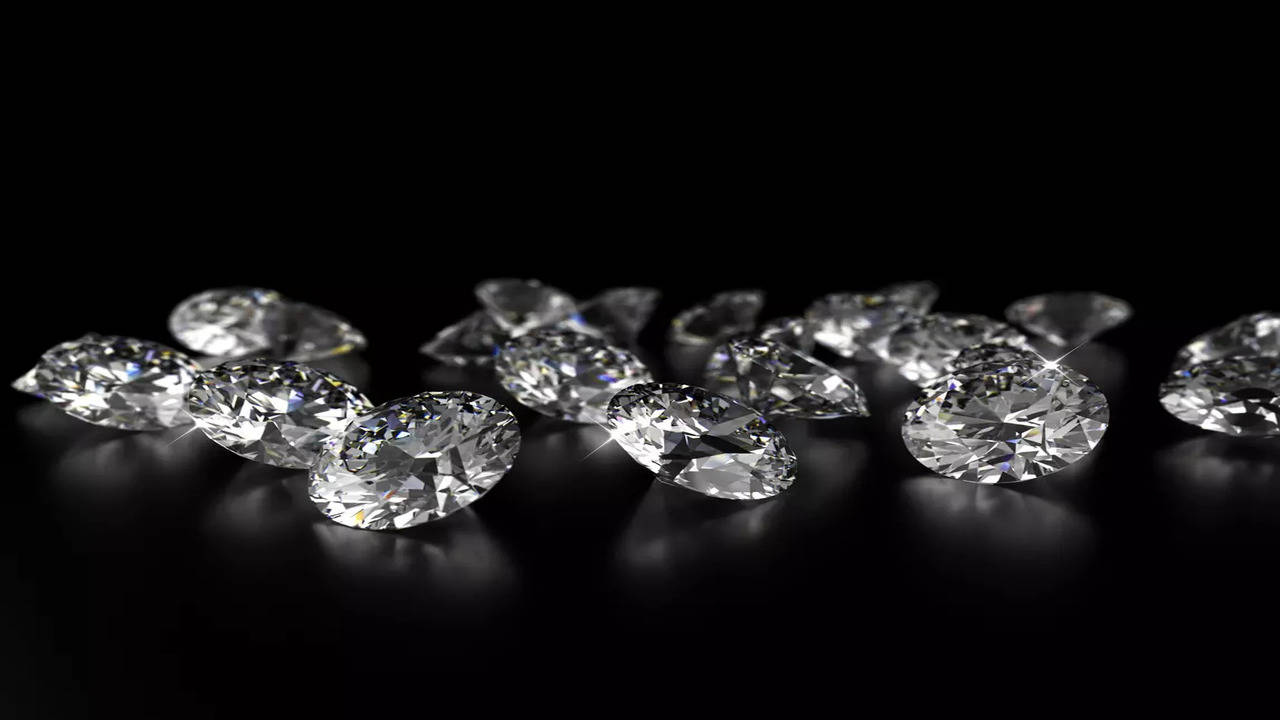[ad_1]
As artists, we face a vast amount of money of terminology while looking into, reading and speaking about our elements. In this instalment of the ‘Art Terms Explained’ series, we make clear the indicating of certain normally-utilized phrases, phrases and phrases in the context of watercolour painting.
Bead / Beading Up
Watercolours have a tendency to assemble in pools and have a resistance to the floor on metal or plastic surfaces. This can prove aggravating when attempting to mix with them on a palette. The watercolour beads much less and fewer the more you use a palette. Several watercolourists make it a pattern to treat a new plastic or metal palette by giving it a gentle scuffing all over with a Brillo pad, to avert beading up. Alternatively, you can pick to use a porcelain palette on which watercolour paints do not bead.
Brush Cleaning soap
Brush cleaning soap is a variety of cleanser that is particularly formulated with natural oils to moisturise and cleanse brush hairs, so that your brushes maintain their form and hairs for extended.
Buckle / Buckling
Buckling (or cockling) occurs when dampness soaks into the fibres inside of paper, leading to them to swell and the paper to contort and misshapen. You can stay clear of this by employing watercolour paper blocks, which are glued on all four sides, retaining the sheets taut as you paint on them, or by manually stretching your paper prior to use.
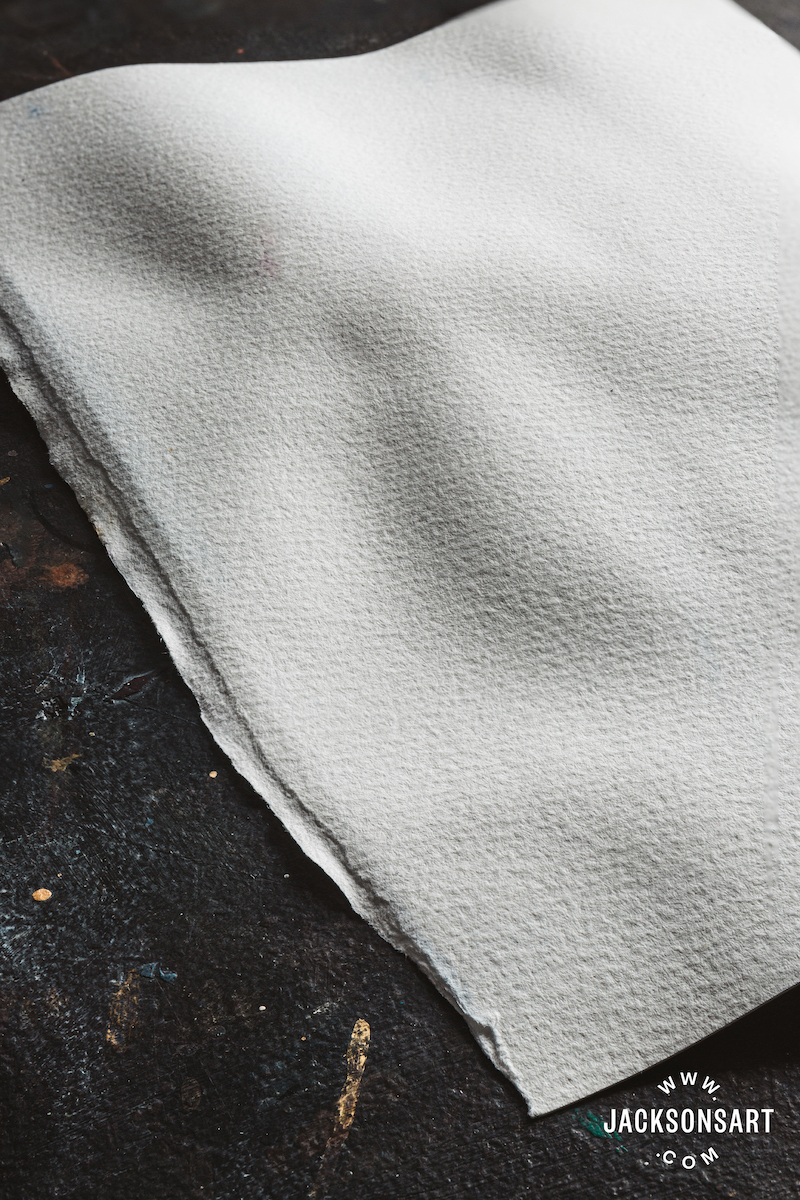
Cold Pressed Paper
Paper manufactured by urgent the sheet via chilly steel rollers. It has the classic, irregular, softly dimpled surface that is related with watercolour and is the most well-liked watercolour paper floor to work on because it is effectively tailored to numerous portray techniques. It tends to be much more absorbent than scorching pressed paper which is a lot more compressed. In the Uk this paper is called Not, as in ‘not warm pressed’.
Colour Toughness
Colour power – also identified as ‘saturation’ – fundamentally refers to the ratio of pigment to binder (two elements identified in watercolour paints). It is a description of how vibrant/amazing/clean the color appears.
Dry Brush Strategy
When watercolour paint that is undiluted and therefore somewhat dry or ‘gummy’, is utilized with a dry brush to paper. The influence is chalky in look, and saturated in colour, and normally can make for a remarkable distinction from much more delicate, watery, watercolour washes. A extremely productive and spectacular strategy for generating textured surfaces in just watercolour portray.
Flat Clean
The use of a solitary diluted colour to deal with the white of the paper in a comparatively unsaturated and uniform method. See ‘washes’ for much more facts.
Move
The word stream refers to how cell the paint is, and how simply it transfers from the brush to the paper or area. Mediums can be added to alter stream.
Fugitive Color
Refers to non-lightfast paints (see permanence), these types of as Opera Rose or Rose Madder. They fade, or adjust color, when exposed to sunlight. Generally it is encouraged to stick to colours that have been rated of excellent or extremely good lightfastness (they may well also have the classification of getting ‘I’ or ‘II’) if you are intending on exhibiting or exhibiting operate on a wall, as opposed to holding it in a guide or portfolio. Recall, even pretty lightfast paints are rated as “lightfast when retained out of immediate daylight.”
Glaze
A glaze is when a dilute colour is used throughout the area of a watercolour portray that has been still left to dry fully – the result of doing this is to tint the complete space with the colour of your clean. See ‘washes’ for a lot more information.
Gum Arabic
A h2o-soluble gum that is extracted from two species of the acacia tree, which is used as a binder in the manufacture of watercolour paint. It can also be extra to the paint by the artist to maximize transparency and how glossy in visual appearance the paint is.
Granulation
Granulation in watercolours is an result where alternatively of a sleek spot of color, the pigment particles settle out and develop a speckled physical appearance. When watercolour pigments ‘granulate’, they sort smaller dots and/or teams of flakes that are visually obvious. Some colours have a pure tendency to granulate much more than other folks, and watercolourists in some cases just take gain of them to include texture. There are mediums that can be added to boost granulation.
Ground
Watercolour grounds are acrylic-primarily based primers intended to give a appropriate volume of absorbency to a floor, so that it is completely ready for watercolour to be applied. For illustration, they can be used to adapt any universally primed canvas for watercolour painting.
Gummed Tape / Gumstrip
Gummed Tape is a sort of tape applied for stretching watercolour paper. A single facet of the tape is coated with a glue which is drinking water activated, this means it gets sticky when moistened, allowing it to strongly hold watercolour paper to a board. Compared with masking tape it is water-resistant after it dries once more and it does not extend.
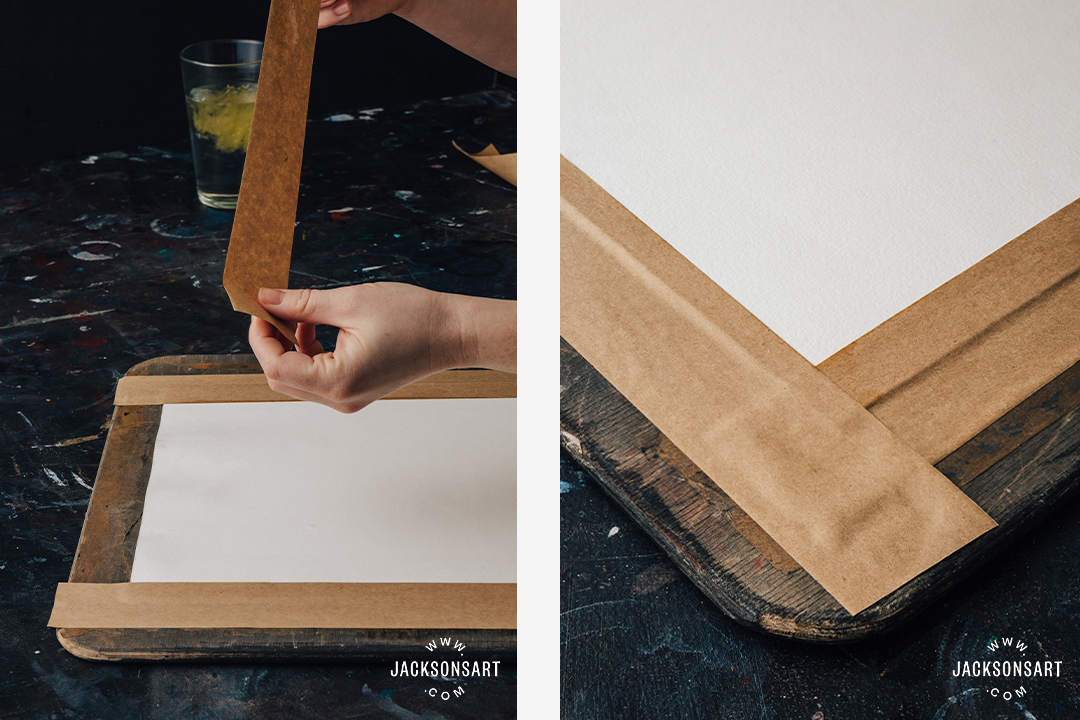
Sizzling Pressed Paper
Scorching Pressed Paper is paper that has been pressed amongst very hot metal rollers all through manufacturing. It is the smoothest of watercolour papers. It tends to be the least absorbent of all of the textures and lends itself to really-specific get the job done these types of as botanical painting.
Lifting
As watercolour remains soluble in h2o even following it’s dry, it can be reactivated with a moist brush and ‘lifted’ from the floor with a rag. This method gets rid of some of the pigment from the paper, generating the paint appear on the web page.
Masking Fluid
Masking fluid is often known as ‘liquid frisket’ and is made use of to mask off regions of your operate. It is painted on with a brush, silicone device or ruling pen and as soon as dry you can then paint watercolour around the leading. The masking fluid is then peeled off, leaving untouched basic parts of paper underneath. Useful for reserving the white of the paper for highlights and other modest white locations of the portray.
Mass Tone
The look of the color of the paint as it arrives from the tube, as opposed to undertone.
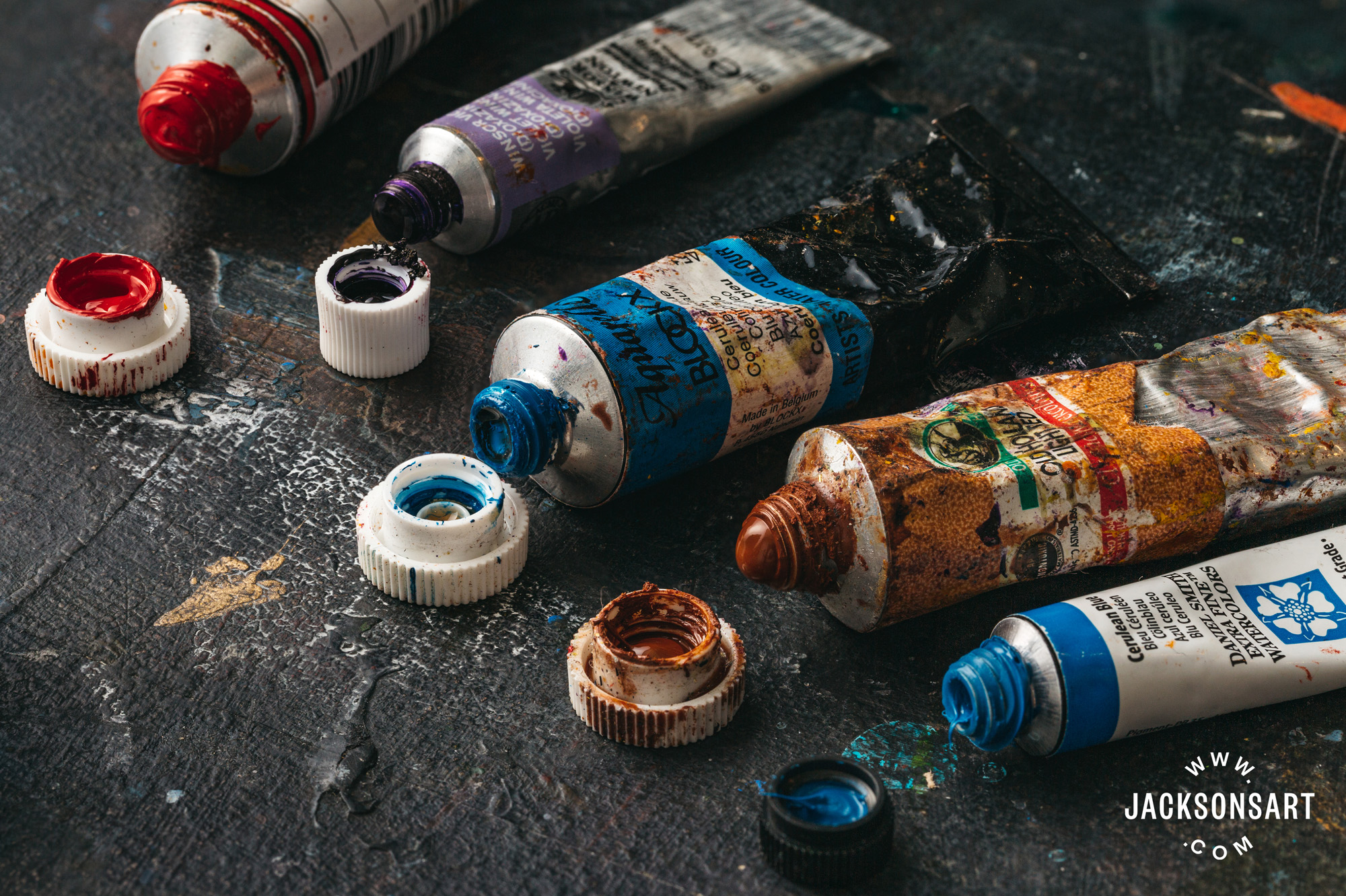
Medium
An additive that is blended with by the artist in get to support handle how the paint behaves – like its texture, how it flows, how it lifts from the paper, how speedy it dries and its sheen.
Natural Hair Brushes
Purely natural hair brushes are manufactured using animal hair, this kind of as sable or squirrel. An option would be synthetic brushes.
Ox Gall
Ox gall is made use of in watercolour as a wetting agent – ie. It increases stream, minimizes beading up and lets for bigger adhesion onto presently dried levels of watercolour paint. It is manufactured from the gall of cows mixed with alcohol. Lots of watercolours include ox gall or a artificial substitute, as an ingredient. Use ox gall sparingly as an additive by placing a couple drops in your clean up h2o container.
Pans
Pans are plastic vessels in which dried watercolour is saved. The color is taken from a pan by dragging a damp brush over it. The paint may perhaps be poured into the pan and remaining to dry or extruded like clay and placed in the pan as a dried cake. There are two common dimensions: 50 % pan and whole/full pan, while there is a modest variation in sizing in between models.
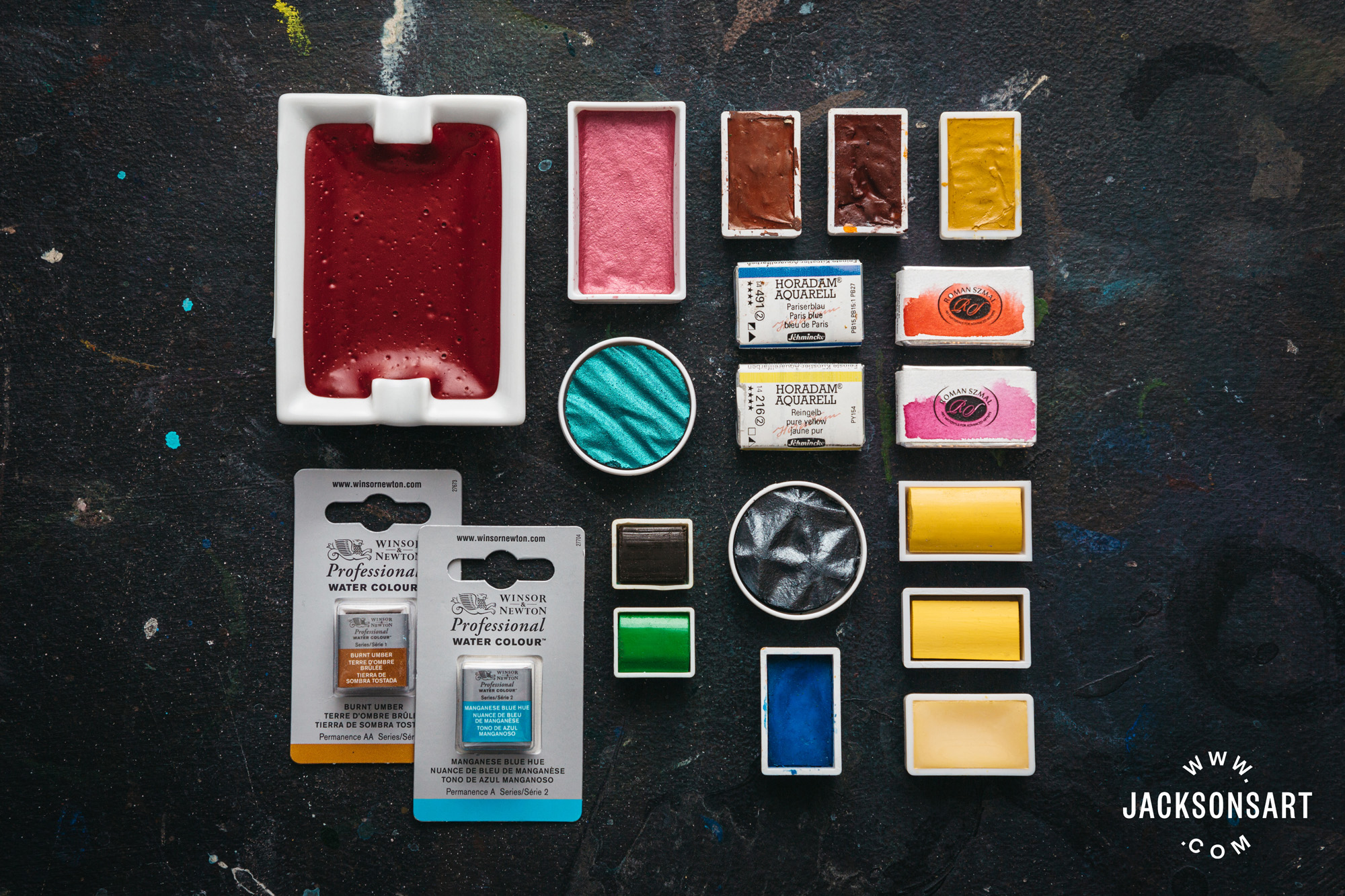
Permanence
Permanence usually takes into thing to consider the results of several aspects on the balance and appearance of pigments, like humidity, light, heat, drinking water, acidity, alkali stages etcetera. The permanence of a paint will be indicated on the label utilizing a rating program established by the producer and described in the manufacturer’s colour chart or on their web site. Be knowledgeable that some artists and producers use it as an equivalent to ‘lightfast’.
Pigment
A pigment is finely floor colour built possibly in a laboratory or from obviously colored rocks. When merged with gum arabic as the binder it helps make watercolour paint.
Primer
Watercolour primers and grounds can be utilized to a wide range of materials like canvas, wooden, stone, ceramic and plastic to make a surface area that is absorbent more than enough to keep apps of watercolour and optimise the physical appearance of colors and marks.
Rough Paper
The most textured paper obtainable – it is pressed amongst sheets of textured felt in the course of the drying procedure and is not pressed between clean rollers. The heavier textured area usually means that granulating results are increased.
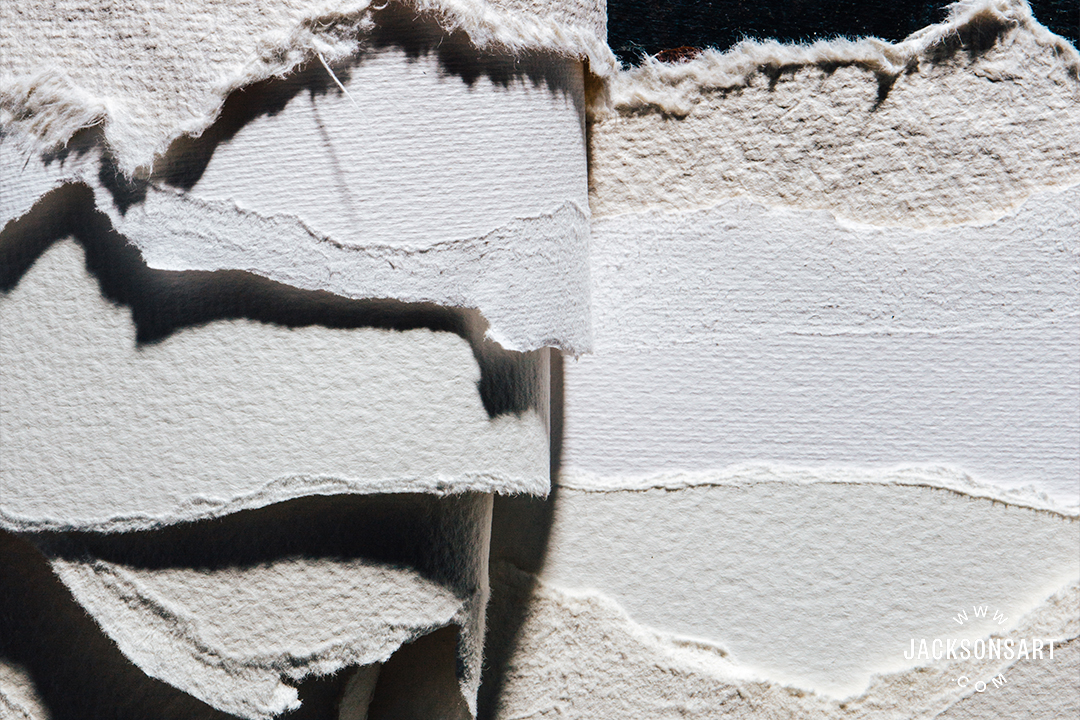
Single Pigment Colors
Particular colours of paints that only include a single pigment. It is much easier to mix dazzling and lively colors employing single pigment colors and color mixing is far more predictable. Artist quality paint ranges have as numerous solitary pigment colors as they can. But when a “hue” is essential to substitute a pigment that is no extended readily available, or a combination of pigments has been observed that can give a lightfast choice to a fugitive color, or a protected alternate to a toxic colour – then these glimpse-alikes are usually manufactured of far more than one particular pigment. Frequent artist mixes are also offered as “convenience colours”, such as some greens, violets and oranges. Nonetheless, some colours can only be produced with a mix of pigments – well-liked colors these kinds of as Quinacridone Gold have to be blended as the primary pigment is no extended offered.
Staining
Staining refers to how considerably of the pigment will not raise from the paper after currently being blotted with a moist sponge. Some pigments are much more staining than other folks and some models will record this attribute for their paints.
Sticks
Watercolour sticks are dried and hugely-pigmented watercolour in a thin brick or crayon variety. They can be made use of in the same way as pans or they can be employed as a drawing resource, held and applied in the identical way you would use a crayon or pastel.
Extend / Stretching
To extend watercolour paper is a system of planning it prior to portray. It includes soaking the paper in drinking water till it swells and expands prior to fixing it to a board (usually with gumstrip all over the edges) then permitting it to dry before portray. This technique is made use of to keep away from buckling. There are also watercolour stretching frames.
Synthetic Brushes
Synthetic brushes are an affordable and difficult-wearing different to All-natural Hair Brushes. They are built making use of artificial elements, as opposed to animal hair.
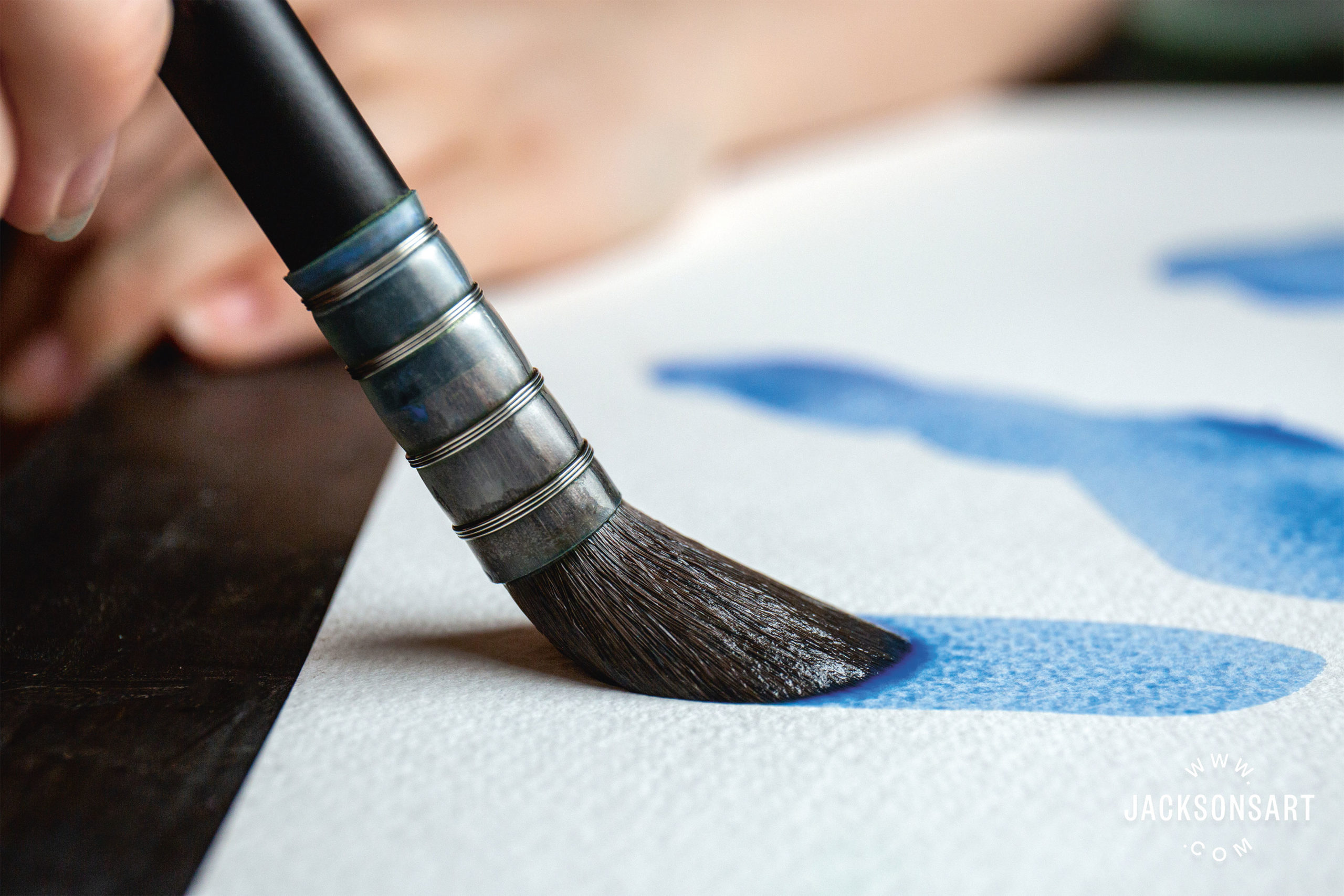
Jackson’s Raven Mop brush, a artificial option to squirrel brushes.
Transparency / Opacity
The evaluate of how considerably mild is ready to pass by way of an applied paint and interact with the surface area beneath. Clear paints show up far more luminous on a white aid for the reason that they allow a more substantial proportion of gentle to strike the floor they’re laying on. Opaque paints block this reflection from developing, and can be applied to address layers of colour underneath. Watercolour paints are generally transparent colours.
Tubes
Tubes comprise moist watercolour that can be squeezed onto a palette to paint with or into empty pans.
Undertone
Undertone is the bias attribute of a color when applied across a floor in a thin movie, e.g. Ultramarine blue would be mentioned to have a reddish-blue undertone.
Washes
A ‘wash’ refers to the system of generously implementing diluted watercolour paint on to a floor or an existing painting ensuing in a semi-transparent layer of colour. Washes are ordinarily applied with a wide brush with purely natural hair that can hold a ton of fluid. See Flat Wash and Glazed Wash for illustrations.
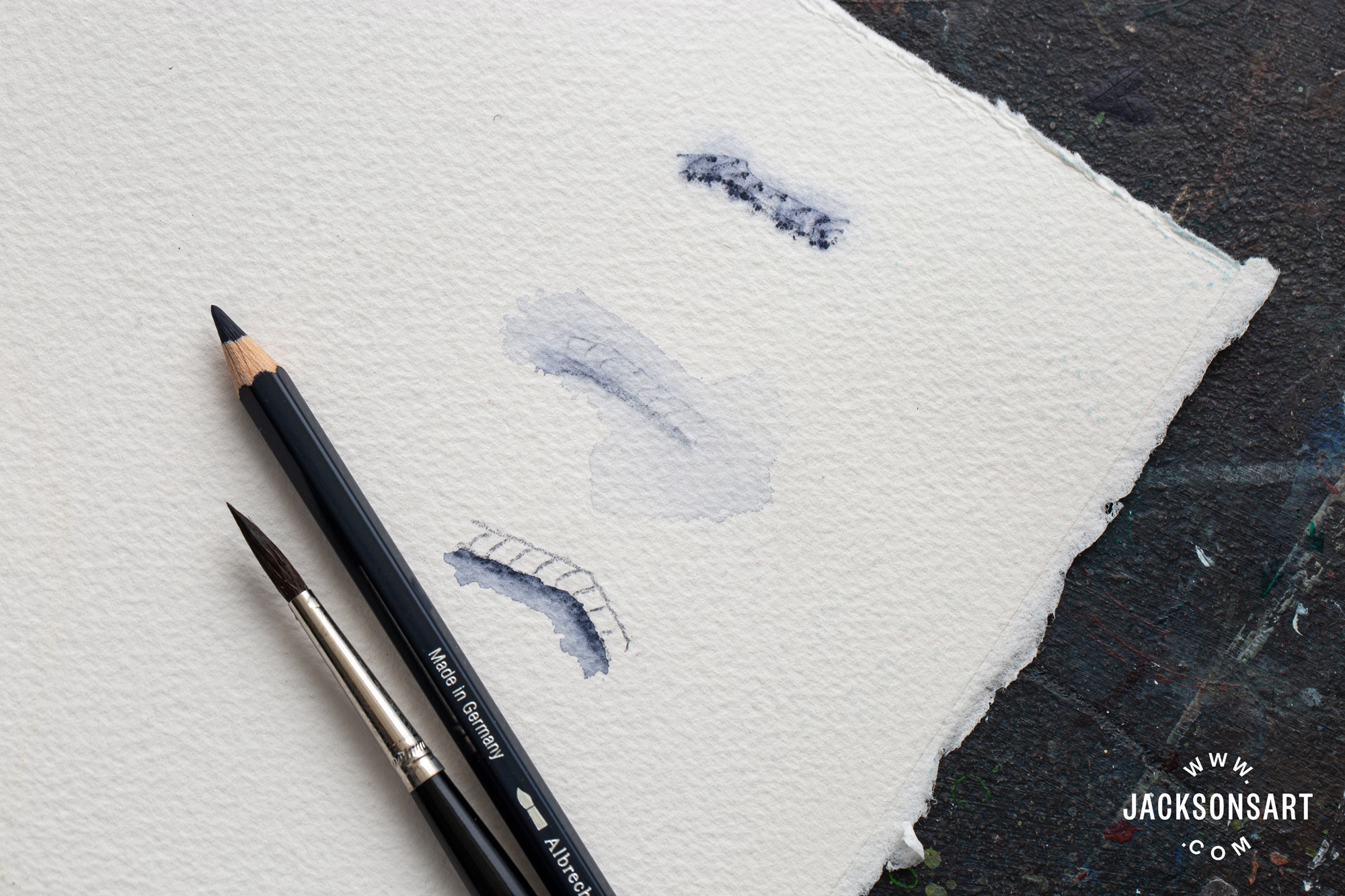
Watercolour Pencils
Watercolour pencils are watercolour paint in a pencil format. They are handy, versatile and moveable portray instruments that are clean and simple to use. They can be employed dry as common colored pencils, or like pans (extracting colour making use of a damp brush), or they can be dipped into h2o and drawn with, building intensely saturated marks. You can also attract with them on to soaked paper and they are in particular useful for introducing wonderful strains.
Even further Reading through:
Making Beeswax Impasto Medium For Oil Painting
Measurement, Primer, Gesso And Floor Stated
Every thing You Want To Know About Oil Painting Paper
A Guideline To Oil Portray Mediums
Art Conditions Defined: Oil Portray
[ad_2]
Supply backlink

